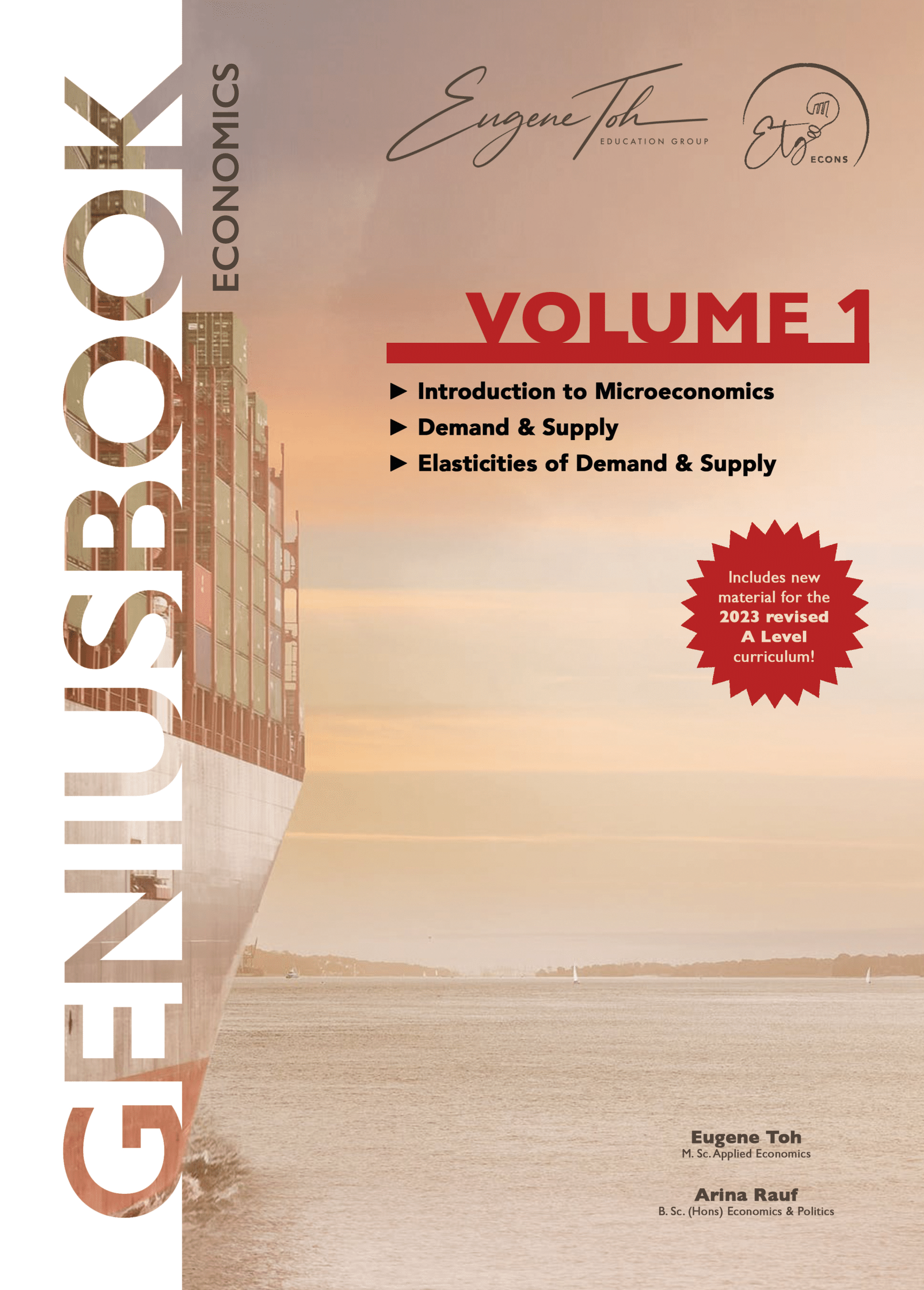Price Controls
Watch the videos before reading the Case Studies below!
Price Controls
Price controls represent a type of government intervention in the market aimed at regulating prices. This intervention is often introduced when there's a belief that the market is incapable of independently providing a fair and just pricing outcome. There are two types of price controls: price ceilings and price floors.
Case Study: Rent Controls
Rent control, a form of price ceiling, is a regulation that limits how high landlords can raise the rent on housing. This ensures affordable living spaces for tenants. It's commonly enforced in densely populated cities, where housing demand significantly outstrips supply. Let's delve into the implications of rent controls, focusing on cities like New York City, where these policies are prevalent.
Diagrammatic Representation:
The imposition of rent control can be represented graphically as a price ceiling in the housing market. Suppose the rent ceiling is set below the equilibrium rent (Pre). At this capped rent, the quantity of rental units demanded (Qdd) exceeds the quantity of rental units supplied (Qss) by landlords.
The difference between Qdd and Qss is the housing shortage caused by the rent control.
Consequences of Rent Control:
Housing Shortage: The significant effect of rent control is the emergence of a housing shortage, represented by the gap between Qdd and Qss in the diagram.
Black Market: The housing shortage may lead to the formation of a black market for rental units. Here, rental prices can exceed the original market equilibrium, which is represented by the black market rent, Pbm, on the demand curve in the diagram.
Reduced Quality of Housing: Landlords may lack funds for maintenance or upgrades due to the restricted income from capped rents, leading to a decline in the quality of rental units over time.
Reduced New Housing Construction: Developers may be discouraged from constructing new rental housing units because of the limited profitability under rent controls, exacerbating the housing shortage.
In conclusion, rent controls, although designed to protect tenants from high rents, can lead to several unintended negative consequences, such as housing shortages, the emergence of black markets, and the degradation of housing quality. Therefore, policymakers must weigh these potential outcomes when implementing rent controls.
Case study: Minimum Wage
A practical illustration of a price floor in everyday life is minimum wage laws. These laws are implemented by governments to ensure that workers earn a minimum, predetermined income for their labour, thereby securing them a basic living standard and helping to alleviate income disparities.
However, a minimum wage, like any price floor, can lead to imbalances in the labour market when it's set above the equilibrium wage rate, which is the wage at which the quantity of labour supplied equals the quantity of labour demanded.
Let's delve into this more using a diagram:
Imagine a labour market where the equilibrium wage (We) corresponds to the equilibrium level of employment (Qe). This is the point where the supply of labour (workers willing to work) and demand for labour (jobs offered by employers) intersect.
When the government sets a minimum wage (Wm), more individuals are willing to offer their labour, which increases the quantity of labour supplied (Qss). However, firms may not be willing to hire as many workers at this higher wage rate, causing the quantity of labour demanded (Qdd) to fall.
This discrepancy between Qss and Qdd creates a surplus of labour, more commonly known as unemployment. In essence, there are more people looking for jobs (Qss) than there are available jobs (Qdd).
While a higher minimum wage can increase the income of those who manage to keep their jobs, it can inadvertently lead to job losses. This is especially prevalent among less-skilled or inexperienced workers, as employers may not find it cost-effective to pay them the higher wage, considering their productivity levels.
Did you know that Price Controls is commonly tested in the A-Level as an Essay? Are you confident that you can tackle them? If you aren’t, we are here to help:
The 2024 ETG June Holiday Intensive Crashcourse is your key to exam success.
What we offer:
Covering 8 crucial macroeconomics & microeconomics topics which are commonly tested in A Levels
Master a Massive Arsenal of Questions: We'll expose you to a wider variety of exam-style questions than you've ever seen.
Double the Practice, Double the Confidence: In just two intensive days, you'll tackle more essays and case studies than you probably have all year!
Unlock High-Scoring Answers: Learn the secrets to crafting top-notch evaluations that will impress examiners.
Structure Like a Pro: We'll equip you with the skills to dissect questions and write clear, well-structured essay responses.
This Crashcourse is the ultimate shortcut to A-Level Economics domination! Don't miss out - secure your spot today! Register for our Content Crashcourses and Essay & Case Study Bootcamp here!
Take a look at our stunningly curated textbooks, exclusively available for ETG students only:
Curious to find out about the ETG experience? Register for a Trial Lesson now! (P.S. There are free gifts when you join for our Trial Lessons)



